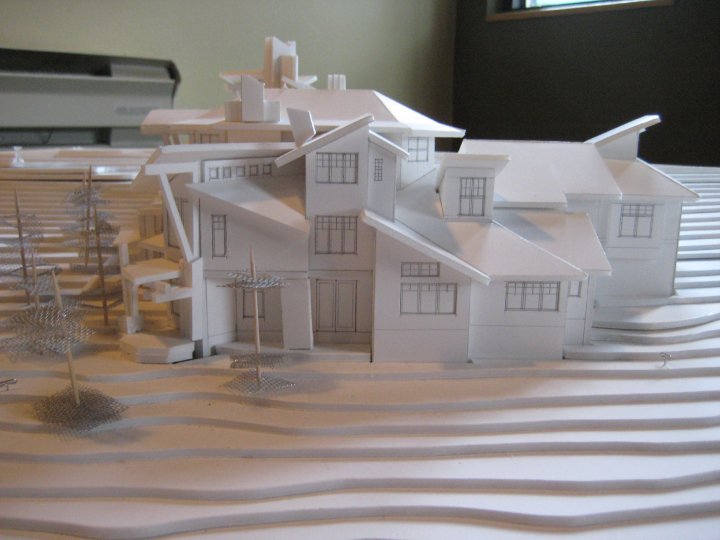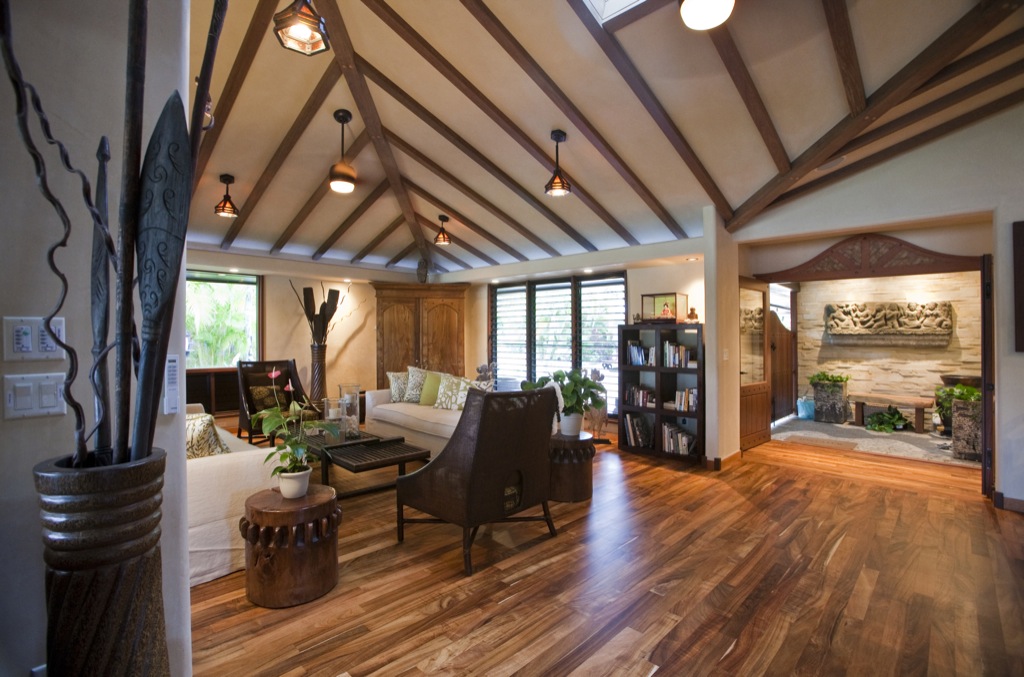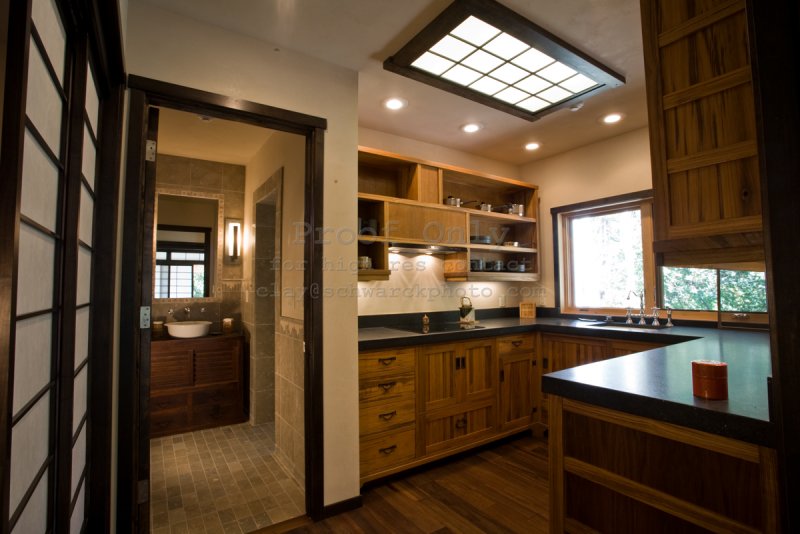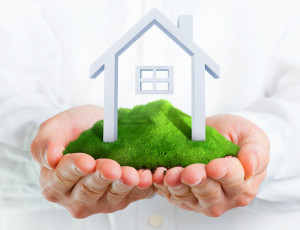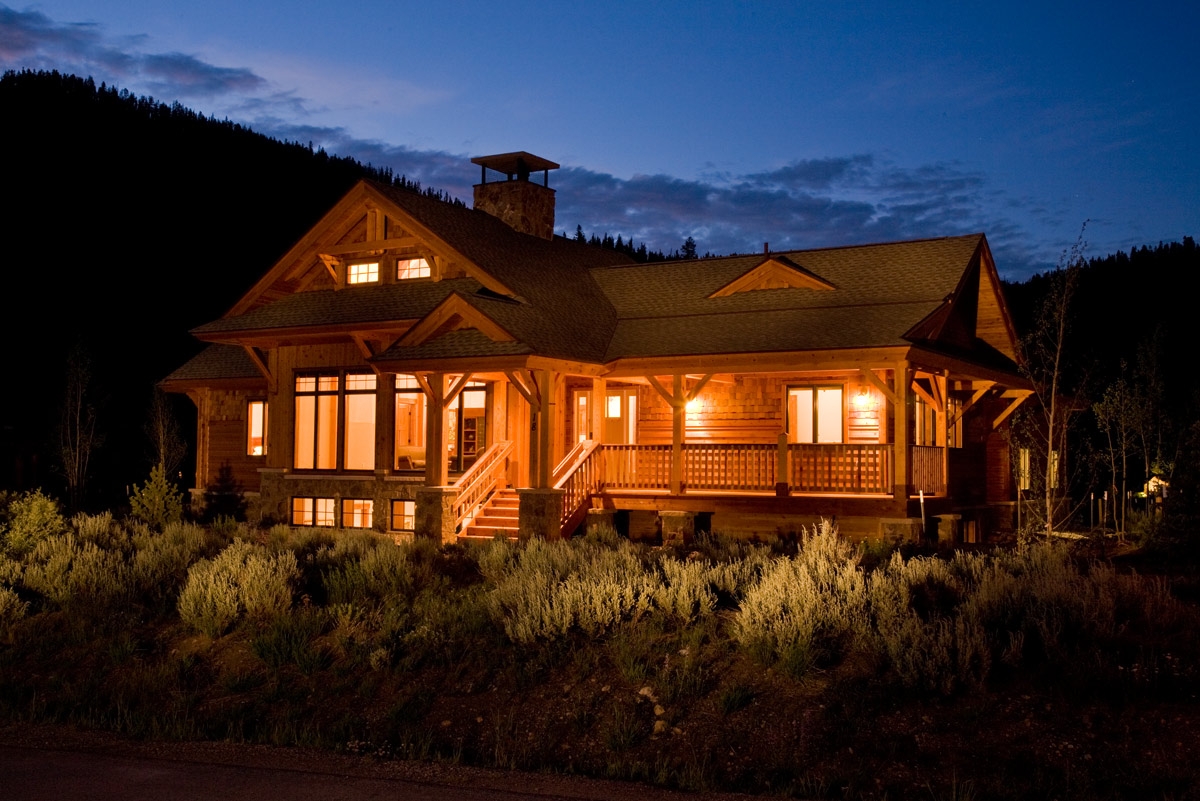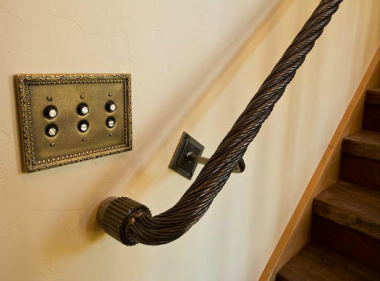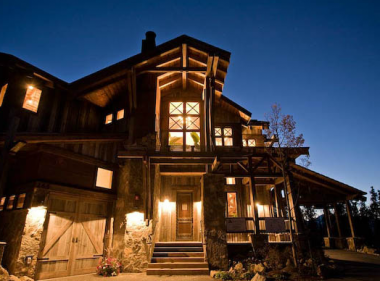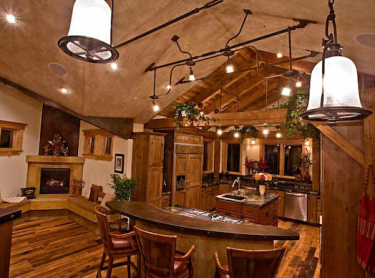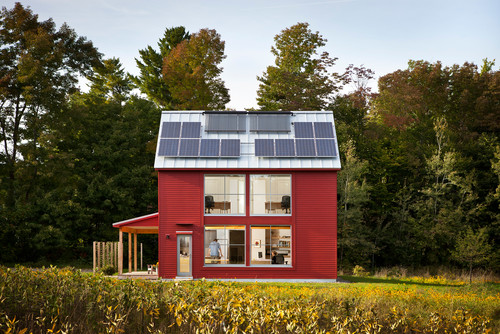A home may be aesthetically appealing, but is it also efficient? Such is the question addressed by green building, a resource-efficient process applied to a structure’s cycle. Nowadays, builders are expected to create beautiful homes with minimal waste.
Energy efficiency is the usual focus when the topic of green building comes up, but that’s only one aspect. Many other designs focus on others. Let’s take prefabrication (or prefab construction, prefab for short) as an example. In prefabrication, the foundation is built in the construction site, but the floors, walls, roof, etc. are built and assembled in a factory, to be transported to the site. On a smaller scale, this is also the idea behind the DIY furniture of IKEA.
Because they’re mass-produced in a factory, prefabs are cost-efficient, but are still high in quality. They’re also flexible because they can be used for several homes and still yield a unique look for each, depending on the architects working on the construction. Think of prefabs as Lego blocks — kids with the same set of blocks can create different designs.
We at Trilogy Builds support new ideas that improve efficiency. As our tagline aptly puts it, we design smart and build beautiful.
